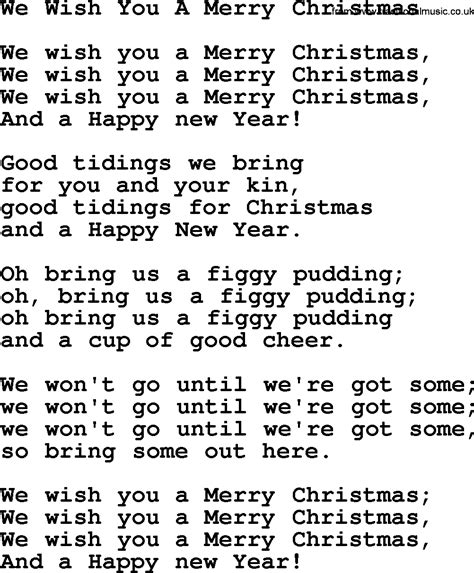It’s a song that signals the grand finale of any Christmas concert and a tune that’s impossible not to sing along to. From the first joyful notes, "We Wish You a Merry Christmas" fills the air with an undeniable sense of festive cheer. We’ve all sung it, we all know the words (especially the part about the pudding!), but have you ever stopped amidst the holiday hustle to wonder, "Who actually wrote this iconic song?"
The answer, like the origins of many cherished holiday traditions, is a bit of a wonderful mystery. It’s a story that takes us from the muddy lanes of 16th-century England to the grand concert halls of the 20th century. So, pour yourself a cup of cocoa as we unwrap the history behind one of the most famous carols of all time.
The Short & Sweet Answer: Unmasking the Author
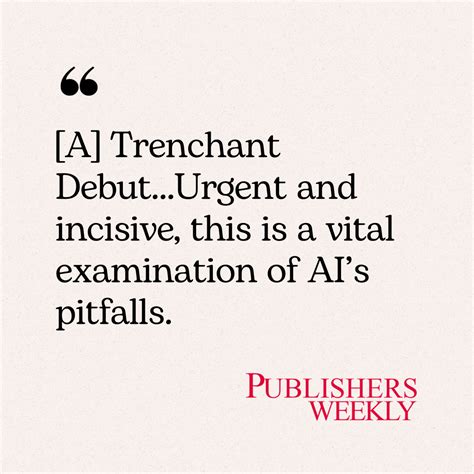

If you’re looking for a single name to credit, you won’t find one. The truth is that the author and composer of "We Wish You a Merry Christmas" are unknown.
- This carol is classified as a "traditional" English carol, meaning it was created by common people and passed down orally through generations.
- Its origins are believed to trace back to the West Country of England (areas like Somerset, Devon, and Cornwall) in the 16th or 17th century.
- Unlike hymns written by specific clergymen or songs from popular musicals, this was a folk song—a song of the people.
- Think of it not as a composition by one person, but as a cultural artifact shaped by hundreds of anonymous voices over many winters.
- Its lyrics and melody likely shifted slightly from town to town and from one century to the next.
- The version we sing today is a polished snapshot of a long and evolving folk tradition.
- So, in essence, the song was "written" by the festive spirit of English communities long, long ago.
A Journey Through Time: The Carol's Wassailing Roots
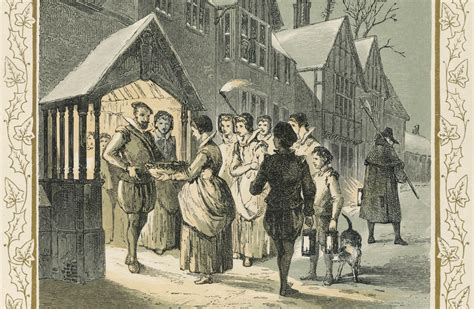

The song’s purpose wasn’t just to spread cheer; it was part of a transactional winter tradition known as "wassailing." This was a practice where townsfolk would go door-to-door, singing and offering good wishes to their wealthier neighbors in exchange for food and drink.
- The opening line, "We wish you a Merry Christmas," was the friendly greeting to the homeowners.
- "Glad tidings we bring, to you and your kin" served as a blessing upon the household.
- The singers, often cold and hungry, would perform in the hopes of receiving a reward for their entertainment.
- This was a form of communal celebration and, for many, a way to get a special treat during the lean winter months.
- The song was a direct and joyful announcement of their presence and purpose on the doorstep.
- The tradition of caroling as we know it today is a direct descendant of these wassailing customs.
- The song is a musical relic of a time when Christmas cheer was something you could sing for at your neighbor's door.
Decoding the Demands: What on Earth is Figgy Pudding?
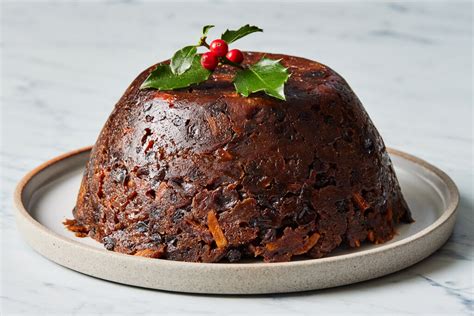

The carol takes a famously assertive turn with the line, "Now bring us some figgy pudding!" This wasn’t just a polite request; it was the entire point of the performance for the wassailers.
- Figgy pudding is not the creamy, Jell-O style pudding we might think of today.
- It's a dense, steamed cake-like dessert made with dried fruits (like figs, raisins, and currants), spices, and often soaked in brandy or rum.
- It was a rich, celebratory dish that would have been a true luxury for most people.
- The line, "And we won't go until we get some," was a cheeky but firm part of the tradition, letting the homeowners know the singers were prepared to wait!
- This part of the song perfectly captures the playful, persistent spirit of the wassailers.
- It grounds the carol in a very real, tangible desire for warmth, food, and festive indulgence.
- Today, it serves as a charmingly old-fashioned glimpse into the Christmas appetites of the past.
The Man Who Made It Famous: The 1935 Arrangement


While the song is ancient, the specific version we all know and love can be credited to one man who polished this folk gem and presented it to the modern world.
- Meet Arthur Warrell, an organist, composer, and lecturer from Bristol, England.
- In 1935, Warrell arranged the traditional tune for his university's choir, The Bristol University Madrigal Singers.
- He set the carol in a now-famous four-part harmony that gives it its rich, celebratory sound.
- Warrell is responsible for the powerful and slightly dramatic flair of the version we sing today.
- Most notably, he added the enthusiastic descant, "And a Happy New Year!" which isn’t found in most of the older, traditional versions.
- He published this arrangement with the Oxford University Press, and from there, its popularity exploded.
- So, while Arthur Warrell didn't *write* the song, he is the architect of the version that became a global Christmas standard.
From Doorsteps to Digital: The Carol's Enduring Legacy
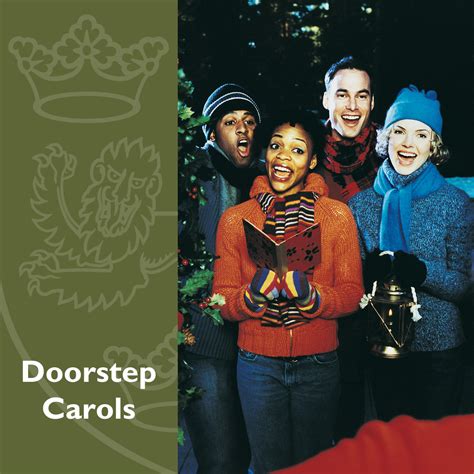

From its humble folk origins, "We Wish You a Merry Christmas" has become one of the most performed and recognized holiday songs in the world. Its simple message and joyful tune have ensured its place in the Christmas canon.
- It is often one of the first Christmas carols children learn due to its repetitive and simple lyrics.
- Its secular nature makes it universally appealing, focusing on wishes of happiness and seasonal treats rather than specific religious doctrine.
- The song has been featured in countless movies, television specials, and commercials, from *Home Alone* to *The Muppets*.
- Its structure—a greeting, a blessing, and a request—tells a complete and charming story in just a few verses.
- The transition from a gentle wish to a boisterous demand for pudding gives it a unique and memorable personality.
- It perfectly embodies the community spirit of the holidays—a song meant to be sung together, loud and proud.
- Whether heard over shopping mall speakers or sung by a choir, it is the quintessential sound of Christmas cheer.
### A Final Note of Cheer
So, the next time you hear or sing "We Wish You a Merry Christmas," you’ll know the incredible story behind it. It's not just a song; it’s a piece of history, a folk tradition, and a testament to the enduring power of a simple wish for joy and a demand for pudding. Feel free to share this story with your family and friends, and sing this beloved carol with a newfound appreciation for its rich and festive past.
